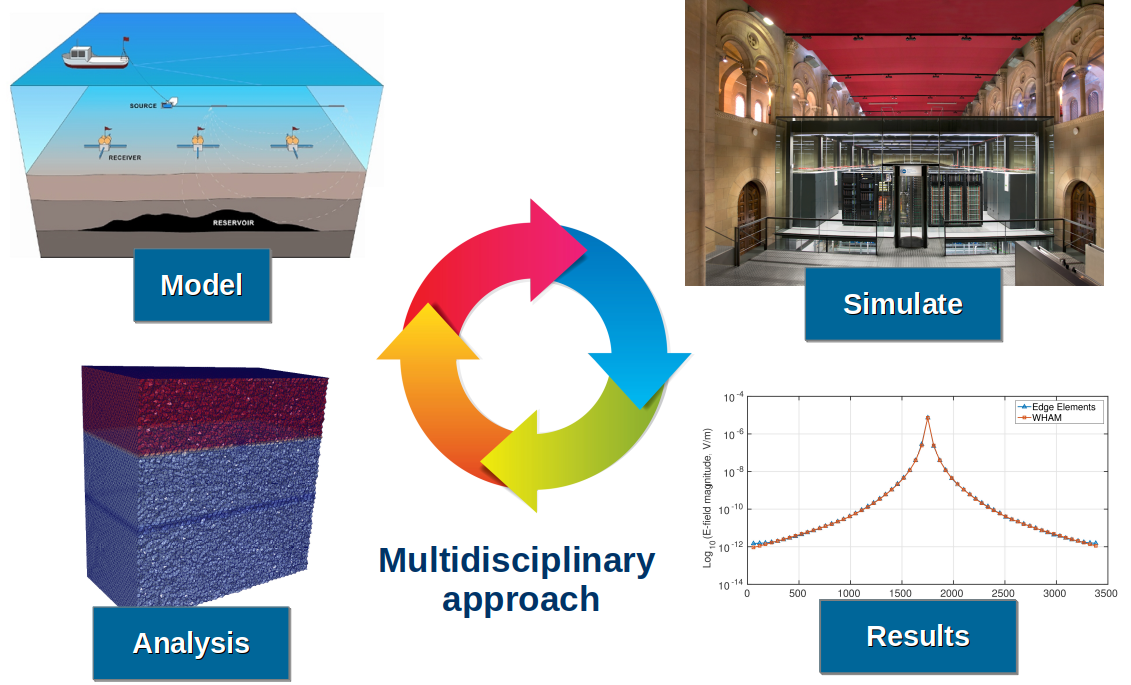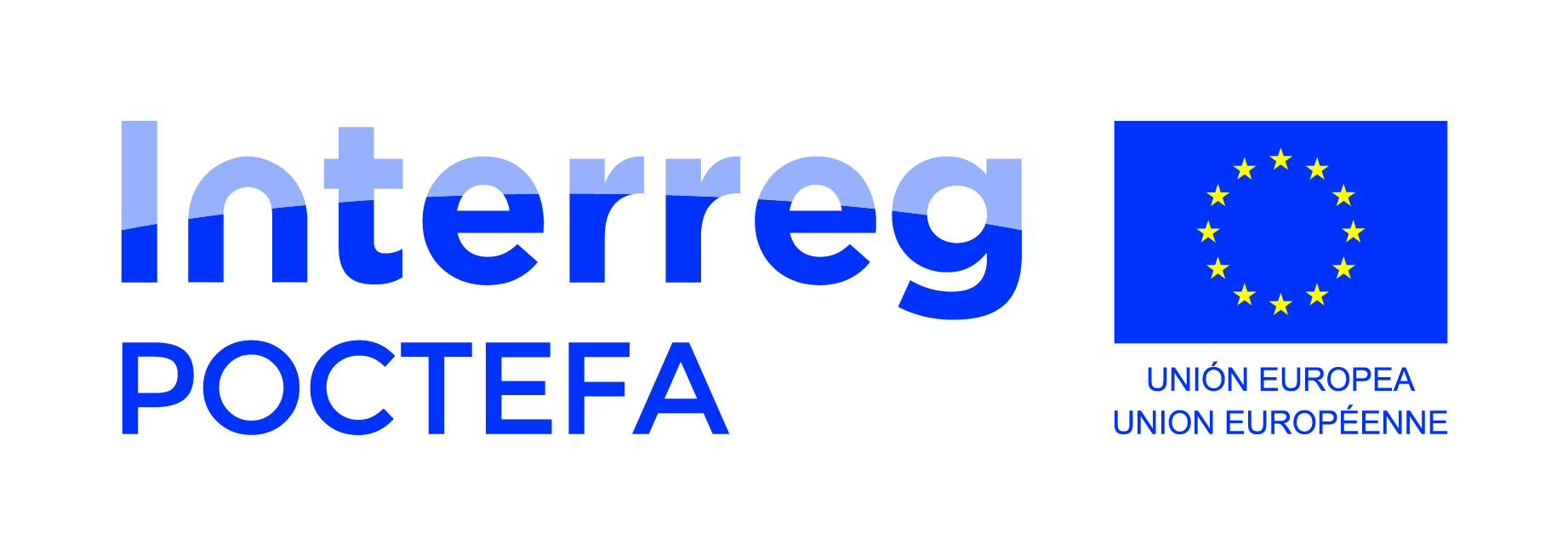
The Barcelona Supercomputing Center (BSC) and the University of Barcelona (UB) are investigating the electromagnetic field pattern in the presence of metallic wells casing for geothermal characterization. This research and development activity is carried out within the PIXIL (Pyrenees Imaging eXperience: an InternationaL network) project. The main objective is to produce a high differentiating and innovative knowledge in the context of geothermal energy.
BSC and UB join efforts to study the effects of metallic coating in wells on electromagnetic responses in the Vallès Basin (Barcelona, Spain). The importance of this collaborative research work, led by Pilar Queralt (UB) and Octavio Castillo-Reyes (BSC), is based on two main reasons. Firstly, previous studies have described the region’s enormous potential as a resource to produce heat due to geothermal anomalies present there. Secondly, it is well-known the importance of investigating the impact of metallic structures on electromagnetic responses to avoid incomplete or erroneous interpretations. Therefore, gaining experience in electromagnetic modeling for geothermal characterization of metallic coating in wells is crucial to explore useful underground resources in various environments (e.g., marine and land contexts). This know-how is fundamental for future studies where the magnetotelluric (MT) approach cannot be performed because regions of interest are usually urbanized and industrialized areas (e.g., railways, power grids, telephone networks, and industrial facilities).
To acquire that expertise, BSC and UB perform several simulations and experiments in the Vallès fault (Barcelona, Spain), where previous MT results were satisfactory and allowed to verify, control, and restrict the simulation results in this region. As the main modeling tool, researchers use the PETGEM code, which is developed as open-source under BSD-3 license at BSC. This code has proven to be a flexible, accurate, and efficient large-scale electromagnetic modeling tool on cutting-edge high-performance computing (HPC) architectures.
Preliminary simulation results confirm that metallic casing strongly influences the electromagnetic responses, making the surface measurements more sensitive to resistivity variations near the metallic structure. It could be exploited to get a higher noise/signal ratio and sensitivity to deep targets. However, such casing effect depends on the input model (e.g., conductivity contrasts, frequency, and geometry). It is worth mentioning that this work's most significant results were presented at the last AGU meeting. From those conclusions, the next research steps will consist of studying other metallic wells configurations (e.g. resistivity values, dimensions) and mesh quality aspects for this challenging modeling task).
About PIXIL
The PIXIL project is a transnational and multidisciplinary scientific and technological cooperation. Its main goal is to develop the most advanced tools to analyze the Earth's subsurface, with a special focus on fostering the uptake of geothermal energy in the region. PIXIL has a strong research profile where scientific collaboration between institutions prevails. The project outcomes will result in advances in the three disciplines that make up modern geophysical imaging: Geophysics, Applied Mathematics and Computing.
The project has been 65% co-financed by the European Regional Development Fund (ERDF) through the Interreg VA Spain-France-Andorra Program (POCTEFA 2014-2020). POCTEFA aims to reinforce the economic and social integration of the French–Spanish–Andorran border. Its support is focused on developing economic, social and environmental cross-border activities through joint strategies favoring sustainable territorial development.



